Introduction to Tidyverse
Module 12
June 19, 2023
Introduction
Practical informations
- 9h00 - 17h00
- 2 breaks morning and afternoon
- Lunch at INRAE restaurant (not mandatory)
- Questions allowed
- Everyone has something to learn from each other
About you
Who are you?
- Institution / Laboratory / position
What is your scientific topic?
- Research question
- A few keywords
What is your background?
- What are your needs in data manipulation ?
- How kownledgeable are you about R ?
- Have you ever used tidyverse ?
Better know us
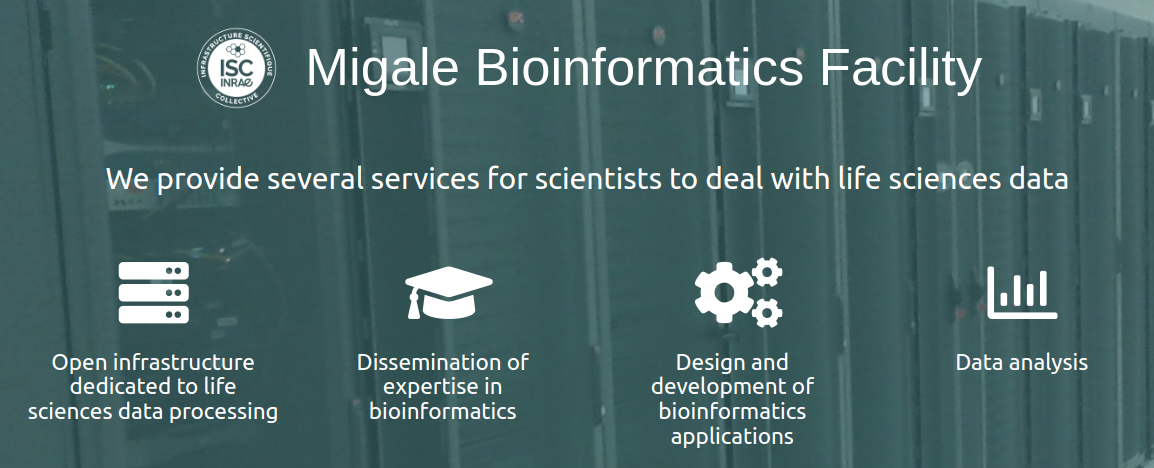
- Open infrastructure dedicated to life sciences
- Computing resources, tools, databanks…
- Dissemination of expertise in bioinformatics
- Design and development of applications
- Data analysis
Data analysis service
- We are specialized in genomics/metagenomics
- Bioinformaticians and Statisticians
- More than 110 projects since 2016
- 2 types of services
- Collaboration or Accompaniement
Training objectives
After this training day, you will be:
- able to import data using the
read_*()functions - able to select, filter and summarize
- able to tidy your data
- able to pivot your data
- able to merge your data
- be familiar with
tidyverseandtidyverseverbs
Program - Day I
Morning
- Introduction & Round table
- Introduction to tidyverse
- First steps with the vignettes
- Tibbles
Break
- Data selection: theory
- Data selection: practice
Afternoon
- Summaries: theory
- Summaries: practice
Break
- Mutate: theory
- Challenges and recap
Program - Day II
Morning
- Mutate: practice
- Tidy data: theory
Break
- Pivot: theory
- Tidy data and pivot: practice
Afternoon
- Merging tables: theory
Break
- Merging tables: practice
- Additional challenges
- Q&A and recap
Setup
Setting up your computer
- Start Rstudio
- Install the vignettes
- For additional fun, download the
prenomsdatabase (provided as an R package)
- Start the tutorials with the tutorial button
Tidyverse principles
Attribution
The following slides are remixed from original material by the awesome Olivier Gimenez available here under the CC BY 4.0 licence.
The material has been shortened to keep only selected slides and changed from xaringan to quarto format.
Tidyverse (I)
Ordocosme in 🇫🇷 with Tidy for “bien rangé” and verse for “univers”
A collection of R 📦 developed by H. Wickham and others at Rstudio

Tidyverse (II)
“A framework for managing data that aims at making the cleaning and preparing steps [muuuuuuuch] easier” (Julien Barnier).
Main characteristics of a tidy dataset:
- each variable is a column
- each observation is a row
- each value is in a different cell

Is this dataset tidy?
#> # A tibble: 12 x 4
#> country year type count
#> <chr> <int> <chr> <int>
#> 1 Afghanistan 1999 cases 745
#> 2 Afghanistan 1999 population 19987071
#> 3 Afghanistan 2000 cases 2666
#> 4 Afghanistan 2000 population 20595360
#> 5 Brazil 1999 cases 37737
#> 6 Brazil 1999 population 172006362
#> # … with 6 more rowsNope
What about this one ?
No more
And this one ?
# Spread across two tibbles
# cases
#> # A tibble: 3 x 3
#> country `1999` `2000`
#> * <chr> <int> <int>
#> 1 Afghanistan 745 2666
#> 2 Brazil 37737 80488
#> 3 China 212258 213766
# population
#> # A tibble: 3 x 3
#> country `1999` `2000`
#> * <chr> <int> <int>
#> 1 Afghanistan 19987071 20595360
#> 2 Brazil 172006362 174504898
#> 3 China 1272915272 1280428583Try again
And that one ?
Finally 🎉
Why is the tidy format useful?
Allows using a consistent format for which powerful tools work
Makes data manipulation pretty natural
Tidyverse is a collection of R 📦
Workflow in data science
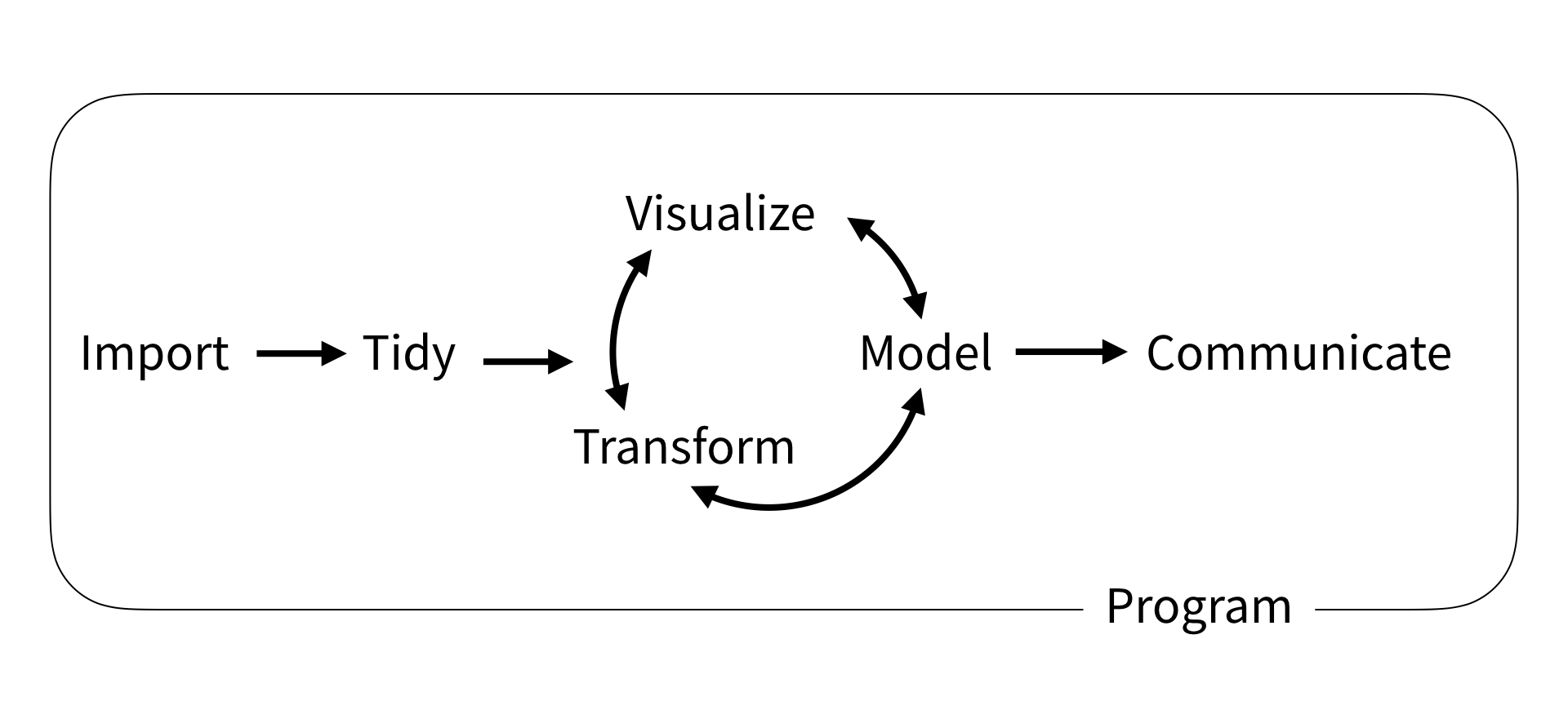
Workflow in data science with tidyverse
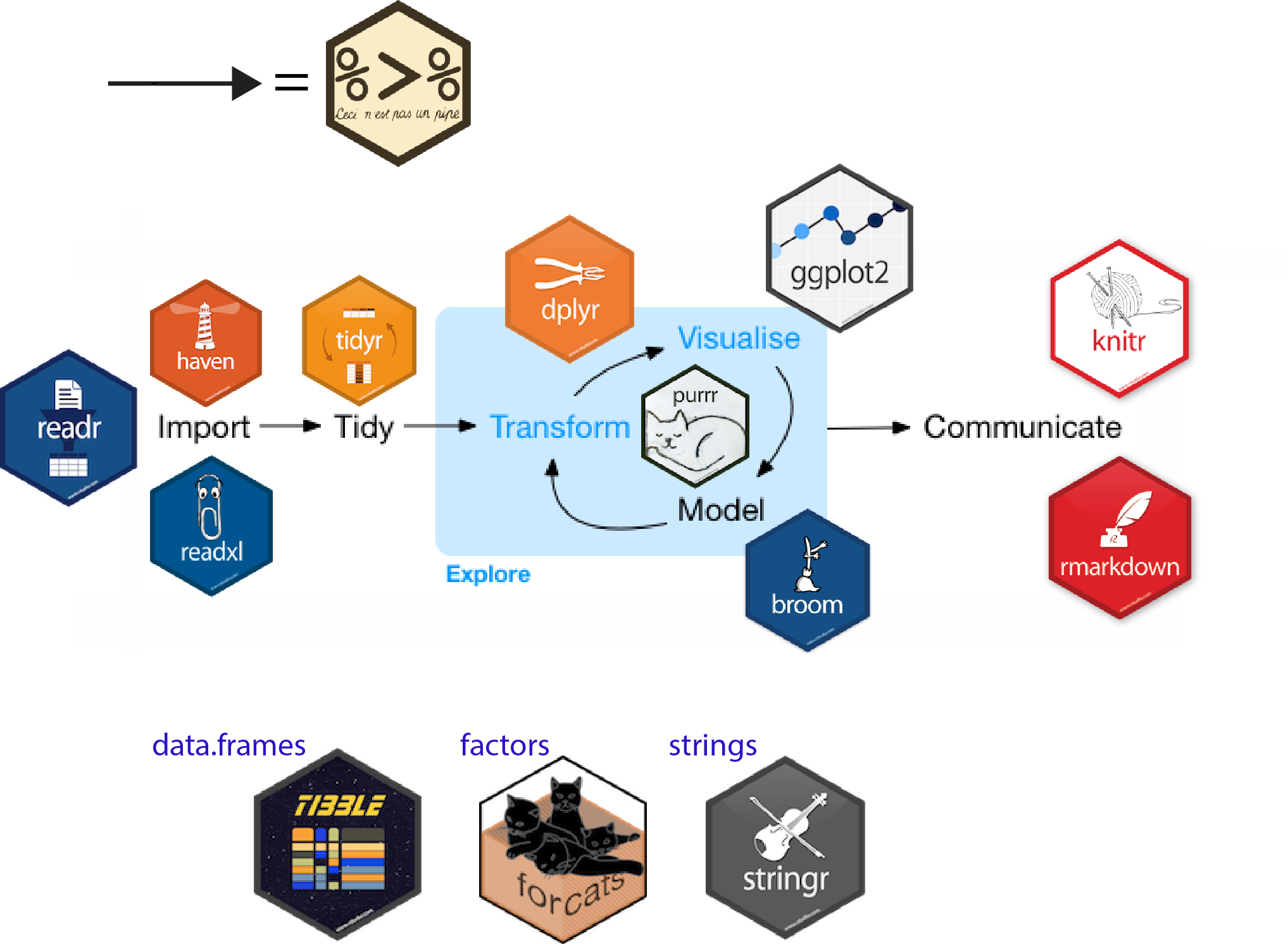
Focus on piping
Syntax with pipe
- Verb(Subject,Complement) replaced by Subject %>% Verb(Complement)
- No need to name unimportant intermediate variables
- Clear syntax (readability)
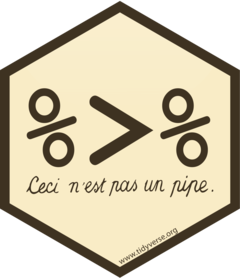
Base R from Lise Vaudor’s blog
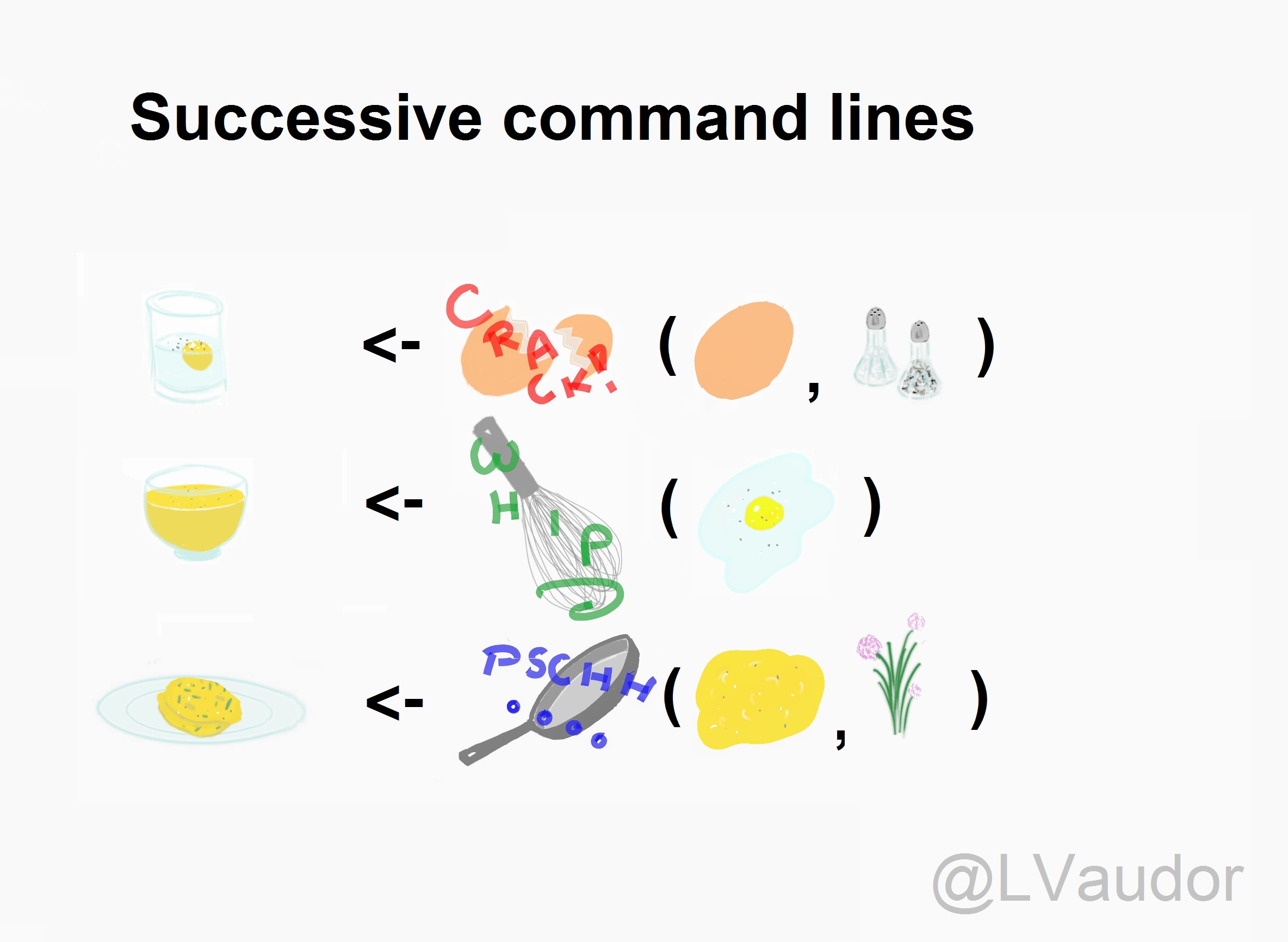
Piping from Lise Vaudor’s blog
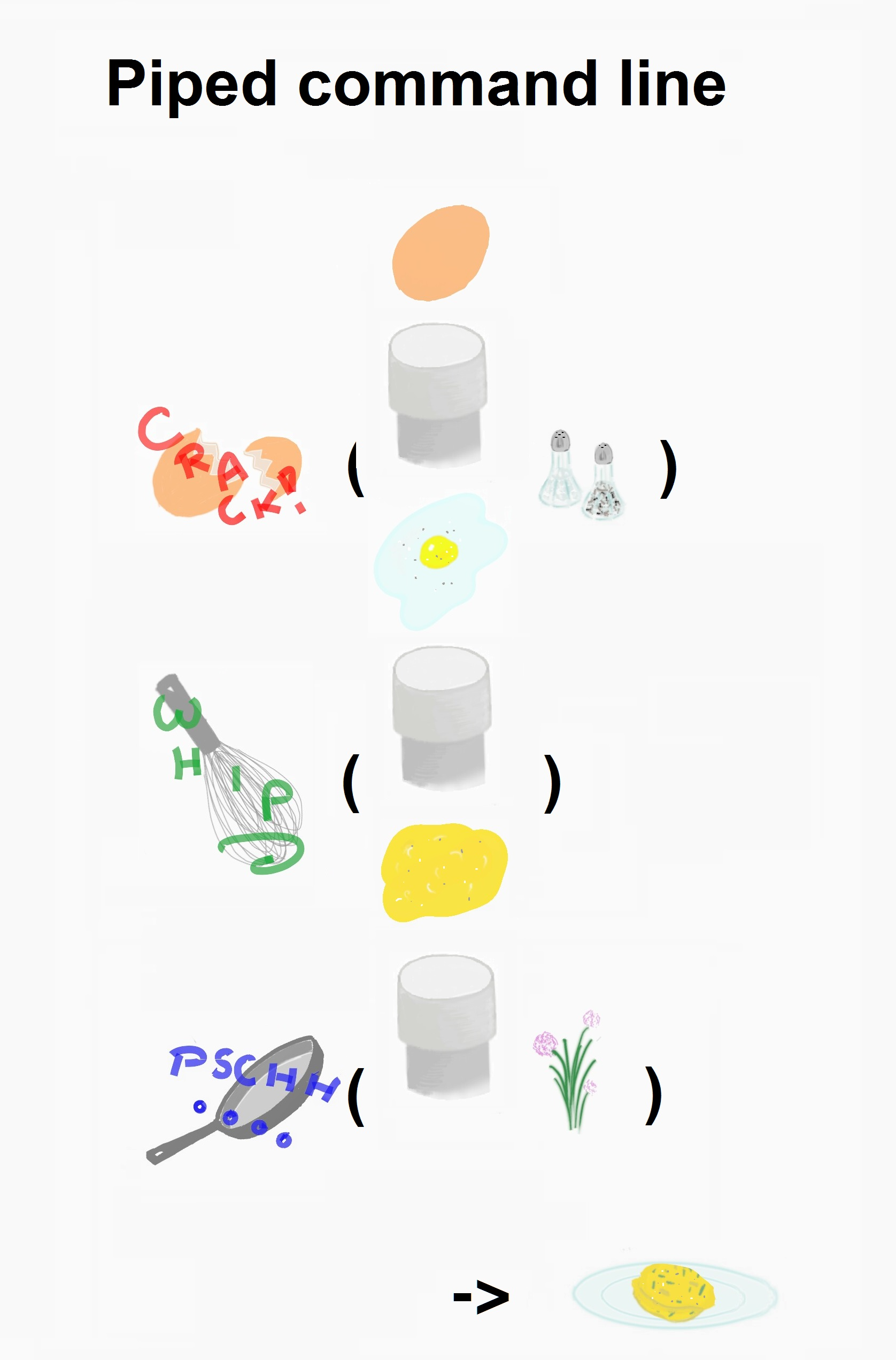
Focus on joins
Tidyexplain
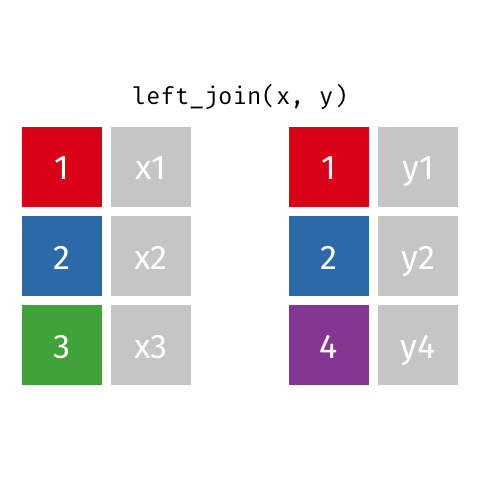
Tidying tables
Long and wide formats

From Long to wide and vice-versa
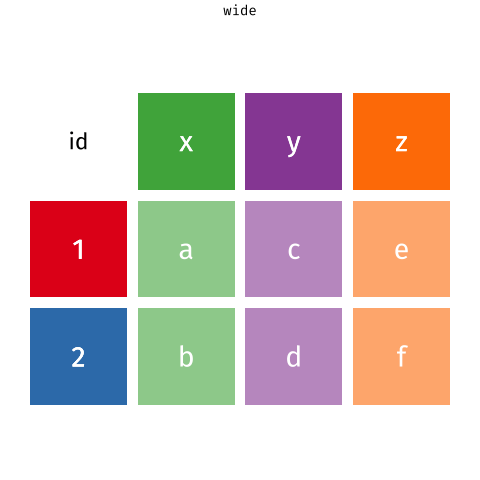
Conclusion
To deep diver 🤿
- Learn the tidyverse: books, workshops and online courses
- Olivier’s selection of books (I also recommend them)
- Tidy Tuesdays videos by D. Robinson
- Material of the 2-day workshop Data Science in the tidyverse held at the RStudio 2019 conference
- Material of the stat545 course on Data wrangling, exploration, and analysis with R at the University of British Columbia
- List of best R packages (with their description) on data import, wrangling and visualization
The RStudio Cheat Sheets
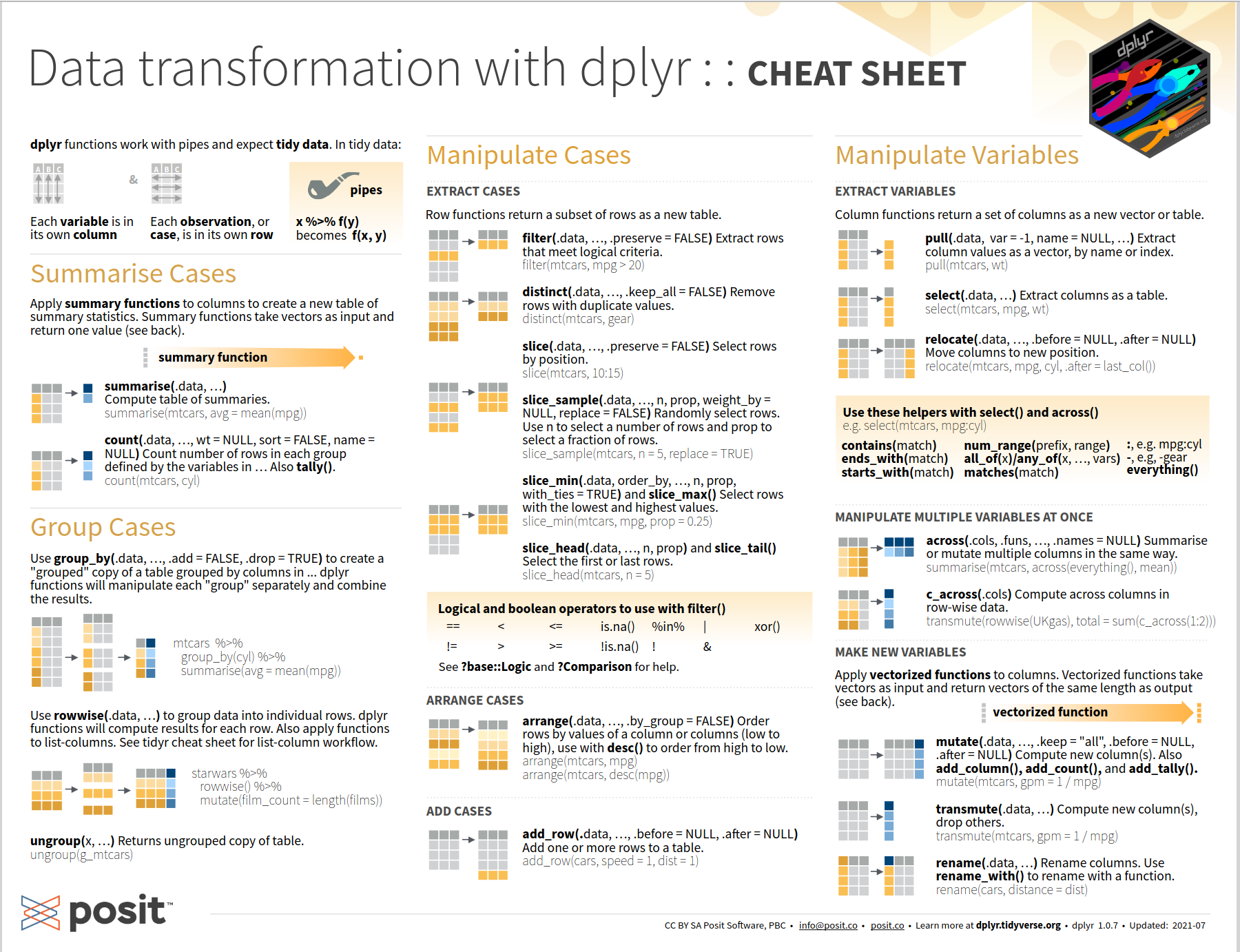

Module 12 - Introduction à tidyverse